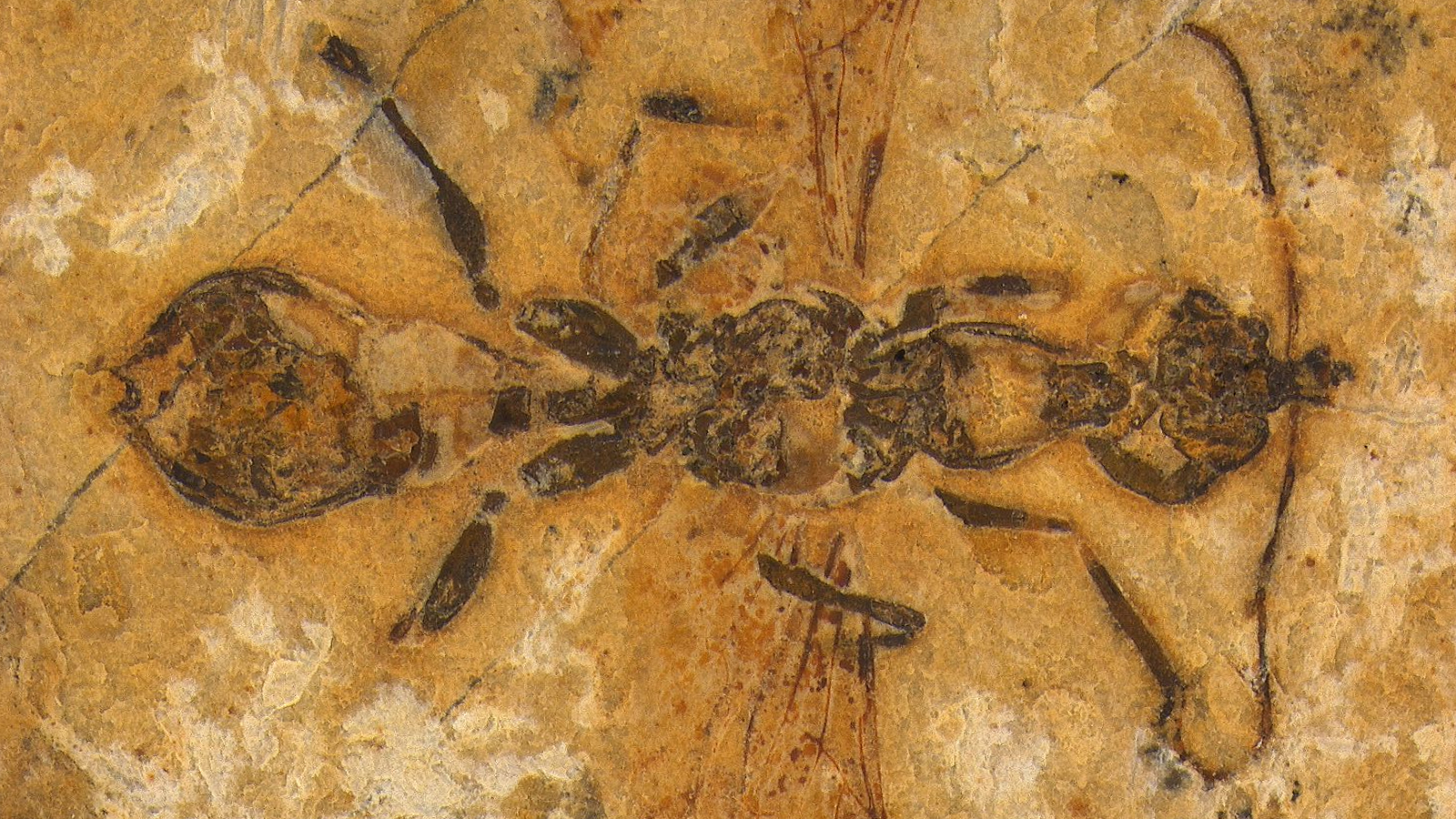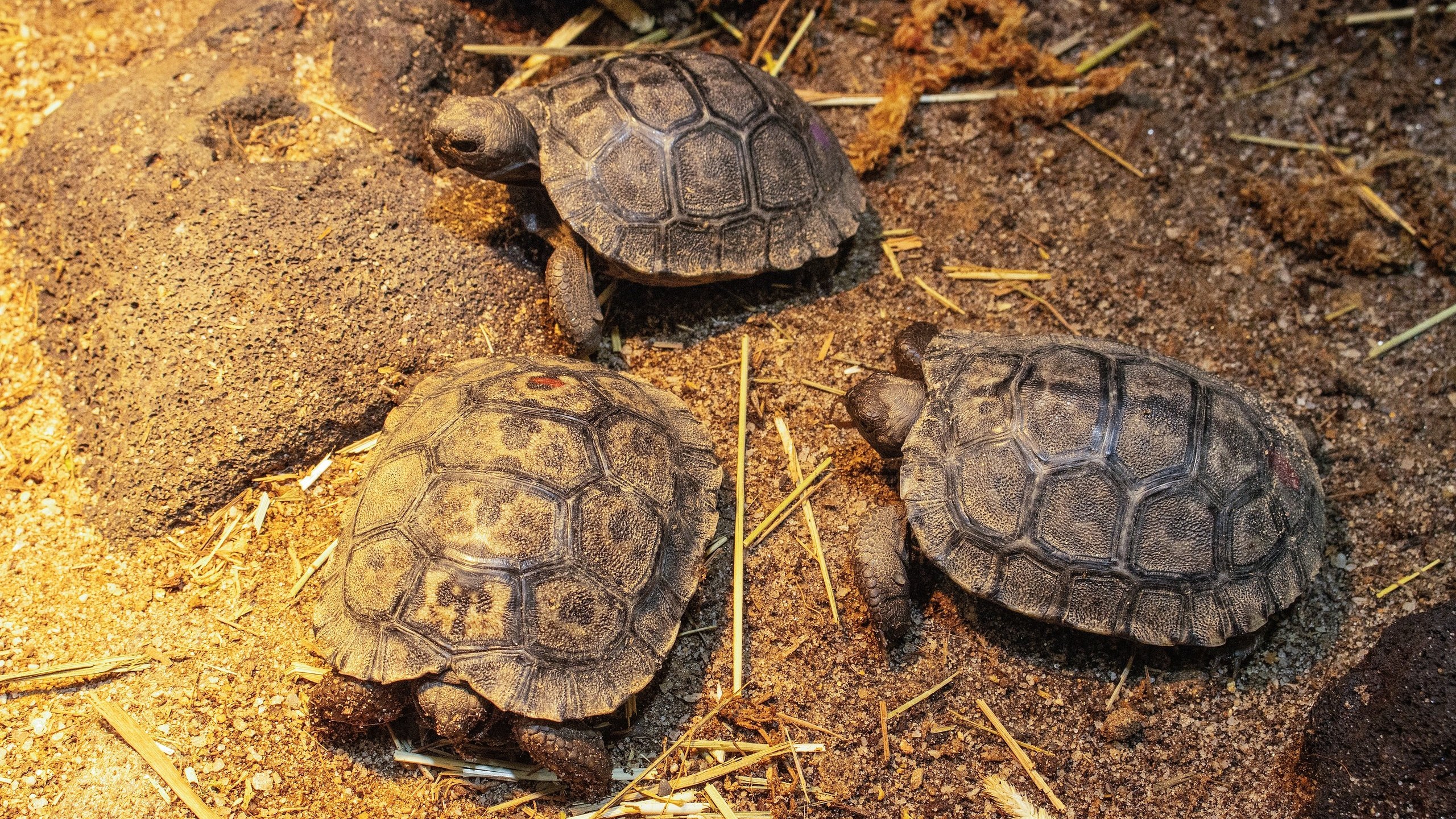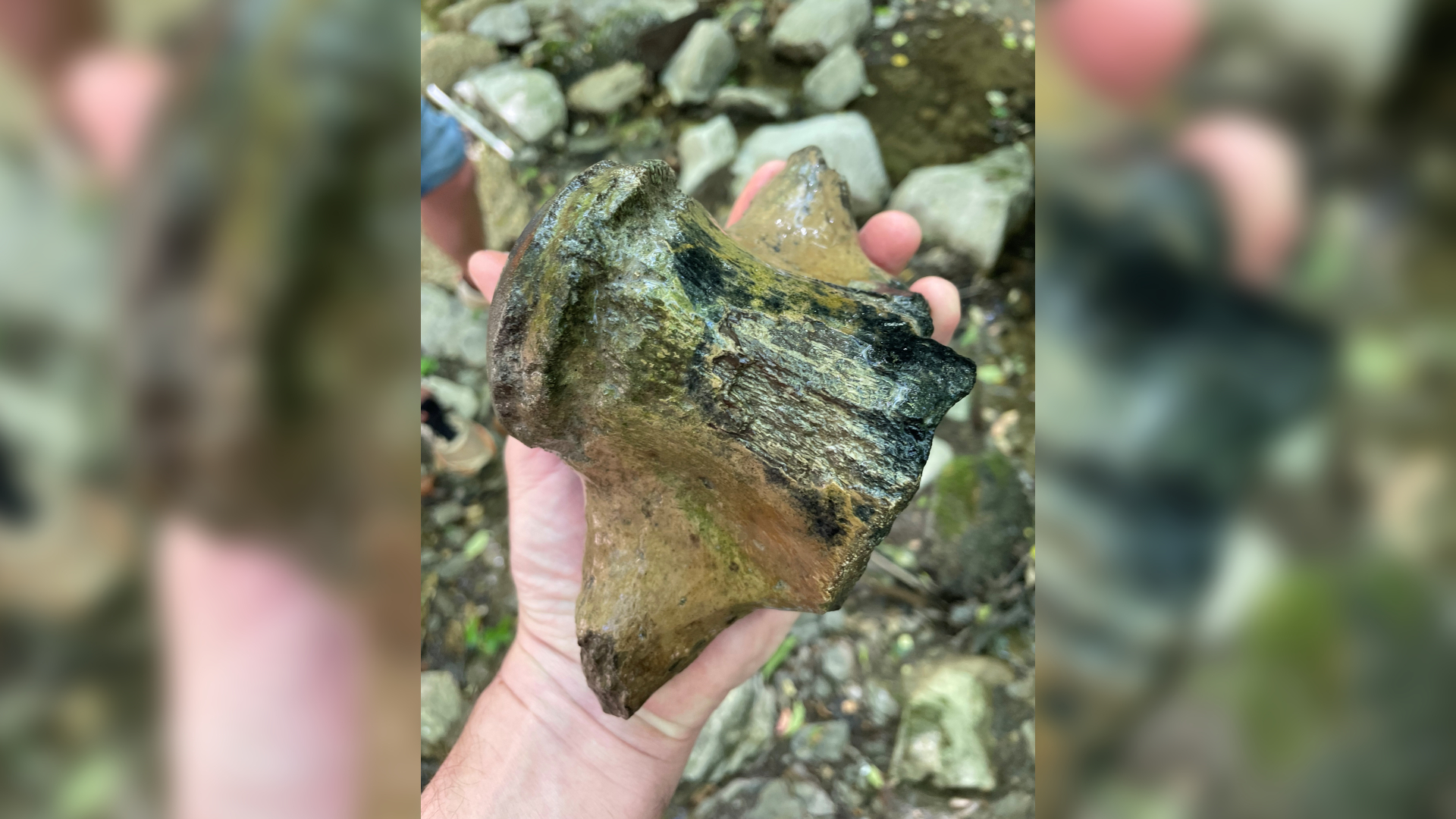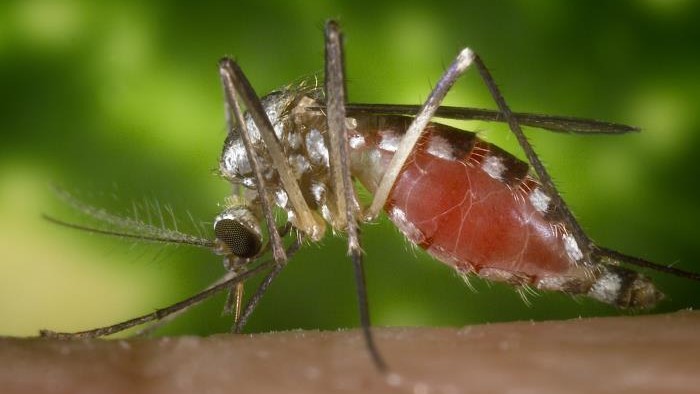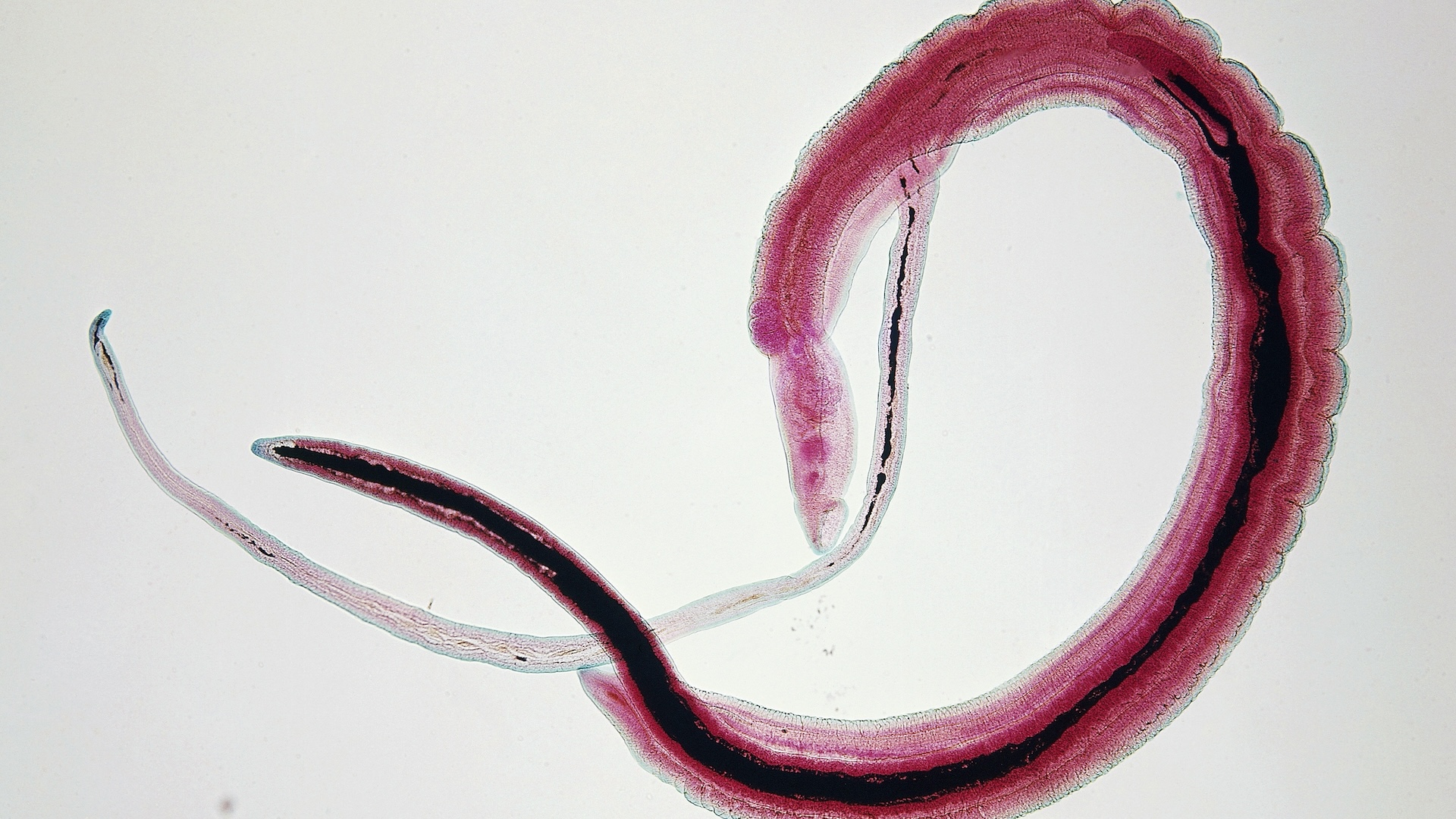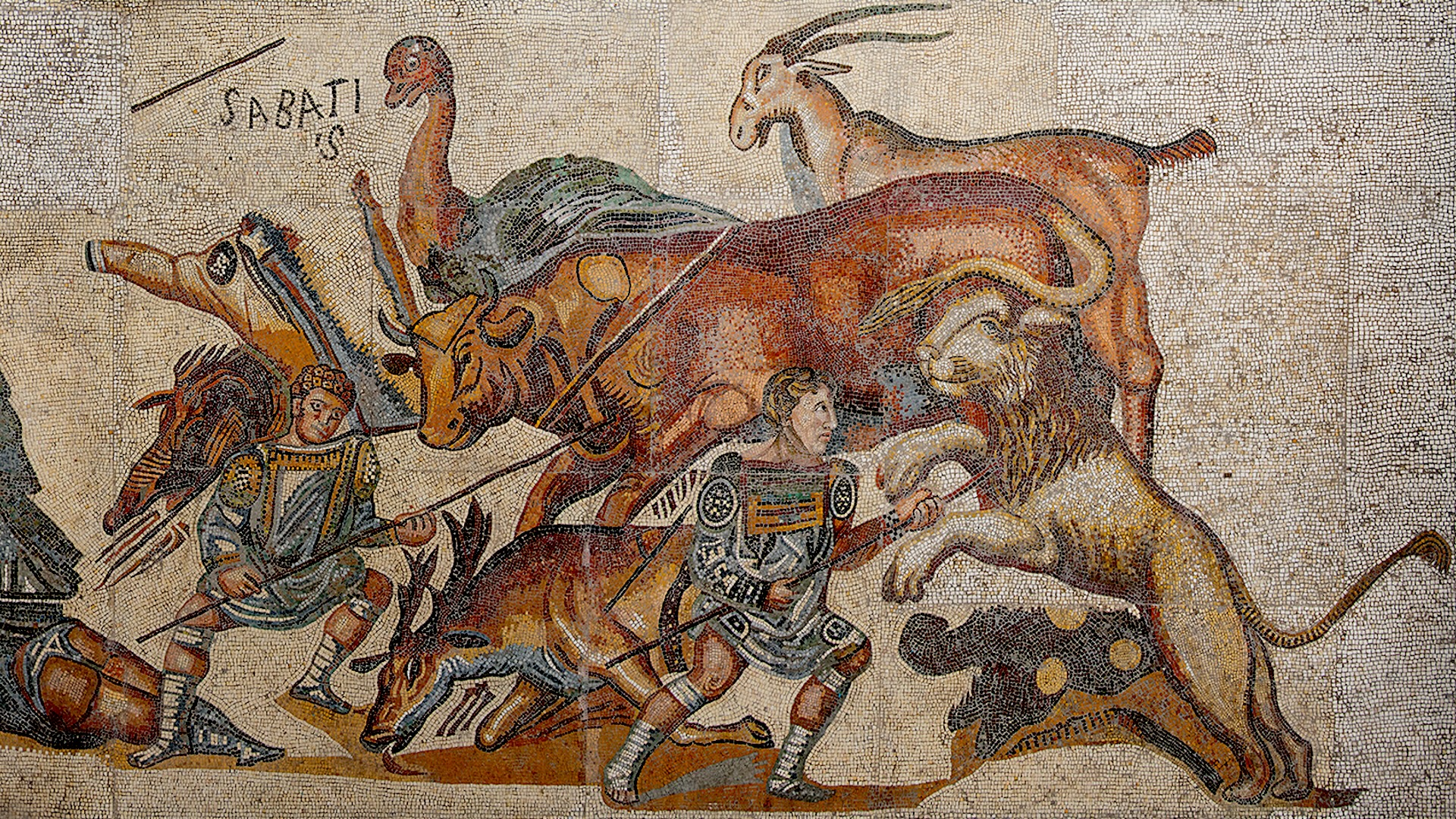Severe drought helped bring about 'barbarian' invasion of Roman Britain, study finds
A drought helped bring about an invasion of Roman Britain in A.D. 367, researchers wrote in a new paper.
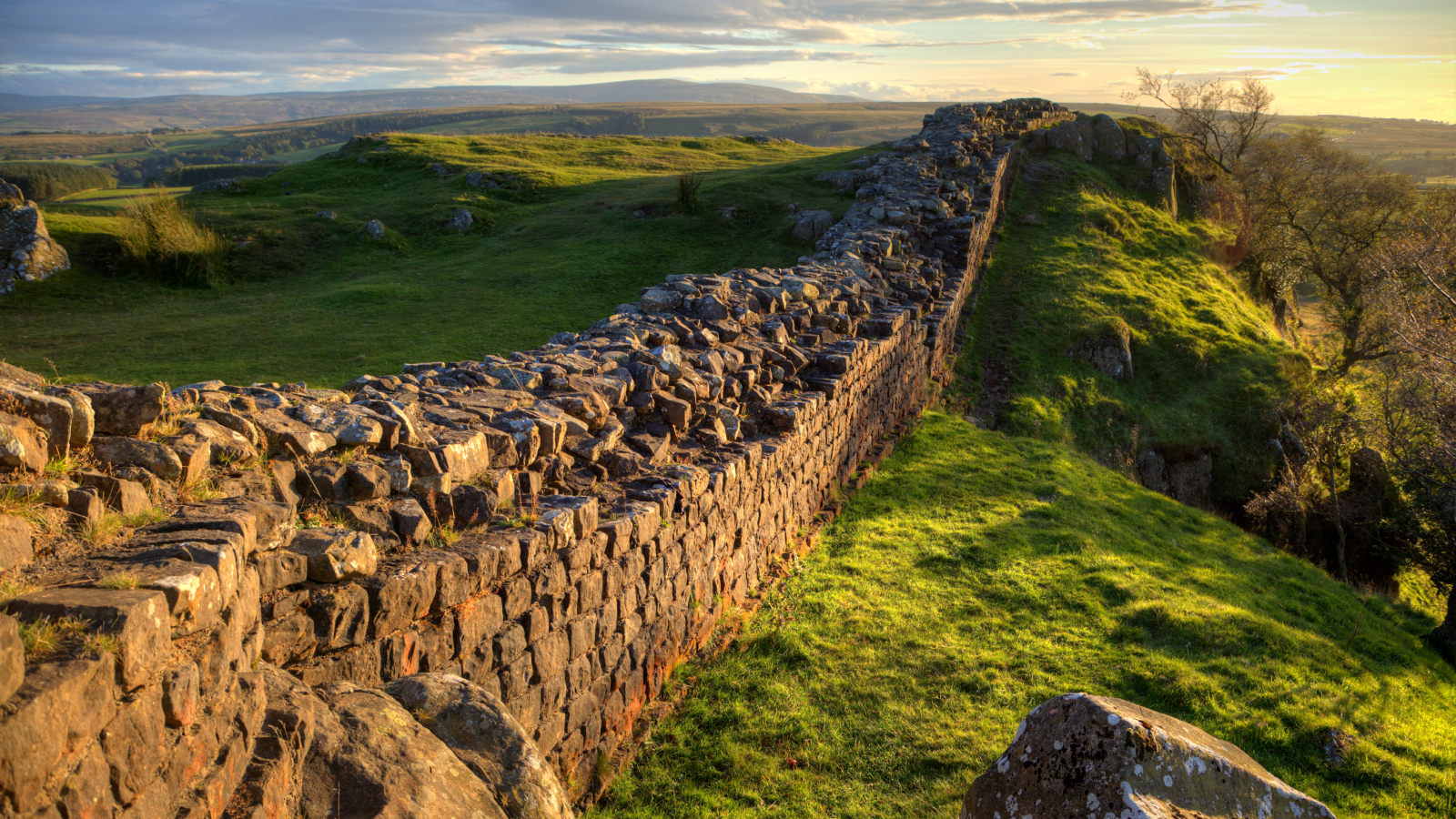
A severe three-year drought helped bring about a "barbarian" invasion of Roman Britain in A.D. 367, a new study finds.
In that year, Roman troops stationed at Hadrian's Wall on the empire's northern frontier rebelled and three different "barbarian" groups invaded Roman Britain, with the Picts attacking northern Britain from Scotland, the Scotti invading western Britain from Ireland and the Saxons invading southern Britain from the European continent.
The rebellion and attacks weakened the Western Roman Empire's hold on the province of Britannia. The violence led to the capture or death of senior Roman commanders, and some Roman soldiers are said to have deserted to join the "barbarians," according to a statement.
The Roman historian Ammianus Marcellinus (lived circa 330 to 395) claimed in his book "Res Gestae" (Latin for "things done" or "things that happened") that the three groups conspired with each other against the Western Roman Empire; and other historians have called the events the "barbarian conspiracy." While the Western Roman Empire, which included parts of Western Europe, Central Europe and North Africa, regained control of southern Britain in 369, they were forced to abandon it permanently in 410.
Now, a new analysis of oak tree rings from southern Britain and northern France reveals that a severe drought plagued the region from 364 to 366.
"A sequence of severe summer droughts from 364 to 366 not only contributed to prolonged harvest failures and food shortages, but also played a role in the 'Barbarian Conspiracy', a catastrophic military defeat for Roman Britain in 367," the researchers wrote in a study published April 16 in the journal Climatic Change.
Scientists used tree rings to estimate the amount of precipitation that fell on southern Britain from the fourth to sixth centuries. From A.D. 350 to 500, the average monthly precipitation during the main growing season, which lasts from April to July, was 2 inches (51 millimeters). However, it was far less during the years of the rebellion and attacks: in 364, it was 1.14 inches (29 mm); in 365 it was 1.10 inches (28 mm); and in 366 it was 1.45 inches (37 mm), the team found.
Sign up for the Live Science daily newsletter now
Get the world’s most fascinating discoveries delivered straight to your inbox.
"Drought from 364 to 366 would have impacted spring-sown crop growth substantially, triggering poor harvests," study lead author Charles Norman, a doctoral student in the Department of Geography at the University of Cambridge, said in the statement.
Historical accounts support this: in 367, Ammianus Marcellinus wrote that the population in Britain was in "utmost conditions of famine."
This food shortage would have affected deliveries of food to Roman troops at Hadrian's Wall, damaging their morale, the researchers wrote in the paper.
"Three consecutive droughts would have had a devastating impact on the productivity of Roman Britain's most important agricultural region," study co-author Ulf Büntgen, a professor in the Department of Geography at the University of Cambridge, said in the statement. "As Roman writers tell us, this resulted in food shortages with all of the destabilizing societal effects this brings."
The team was careful not to blame the rebellion and invasion entirely on the famine, however. They noted that the Western Roman Empire was experiencing political and economic problems during this time that would have affected its ability to respond to the problems in Britain.
"We propose the 364–366 drought as an environmental catalyst that may explain the scale and abrupt nature of the event," the researchers wrote in the study.
Roman emperor quiz: Test your knowledge on the rulers of the ancient empire

Owen Jarus is a regular contributor to Live Science who writes about archaeology and humans' past. He has also written for The Independent (UK), The Canadian Press (CP) and The Associated Press (AP), among others. Owen has a bachelor of arts degree from the University of Toronto and a journalism degree from Ryerson University.
You must confirm your public display name before commenting
Please logout and then login again, you will then be prompted to enter your display name.

